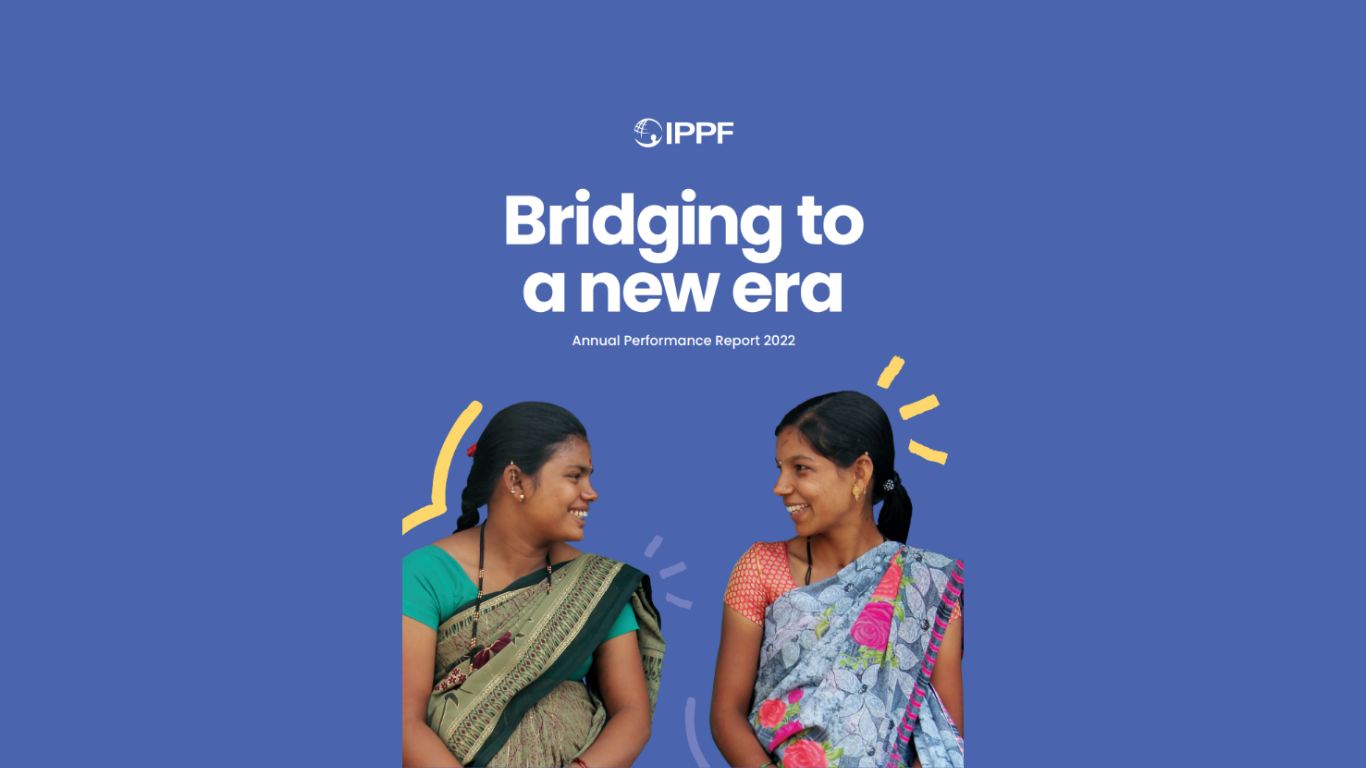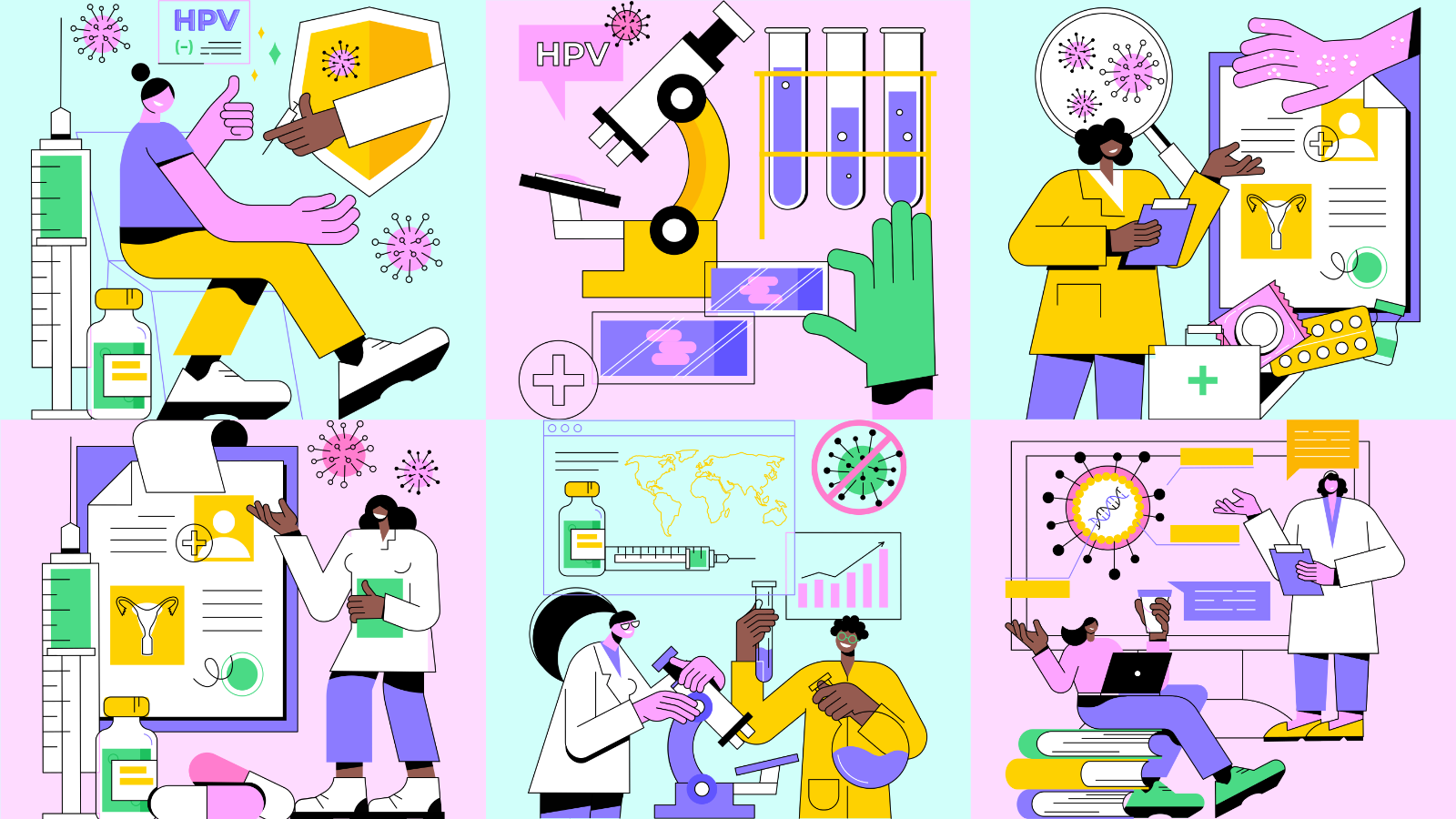Spotlight
A selection of resources from across the Federation
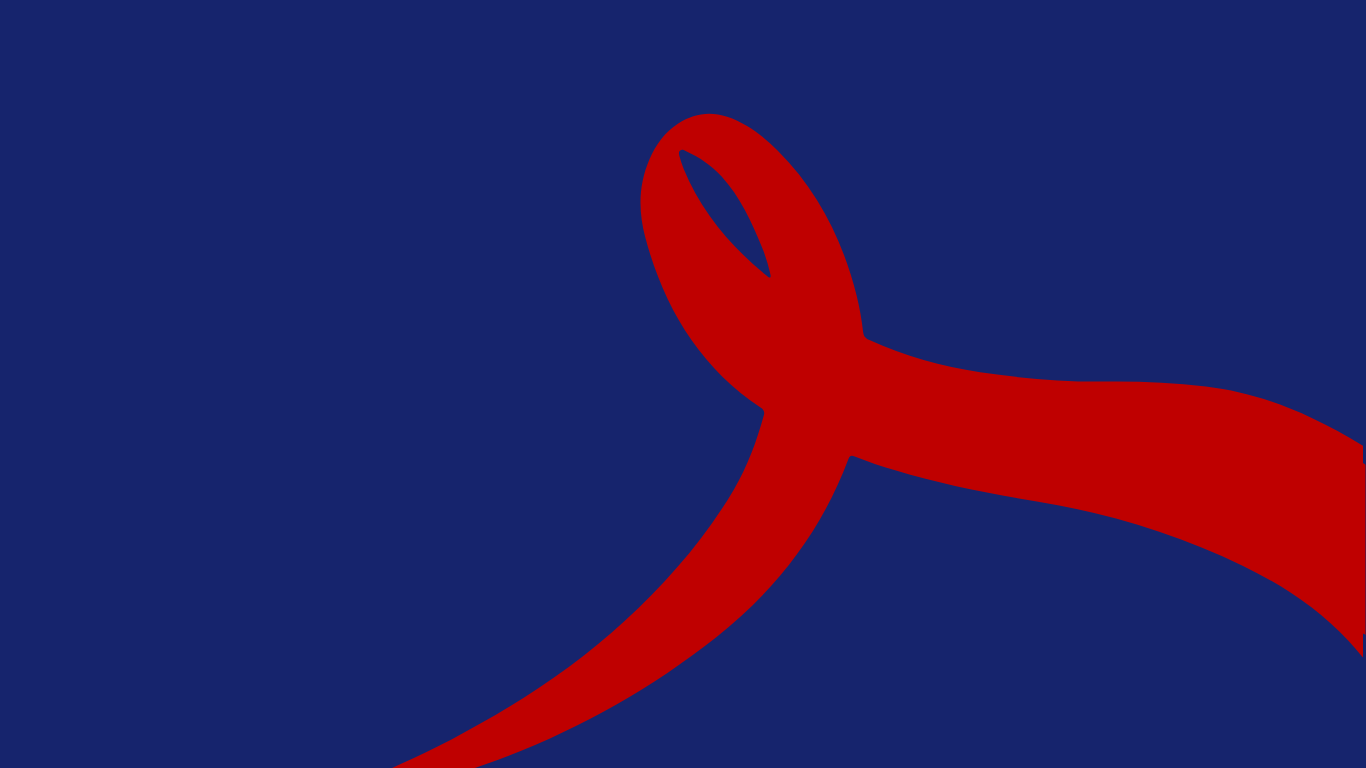
HIV Theory of Change
Our HIV Theory of Change is to clarify the goals and vision of IPPF’s HIV programme and to articulate the different pathways and strategies IPPF uses to contribute towards its HIV goals and vision.
Filter our resources by:
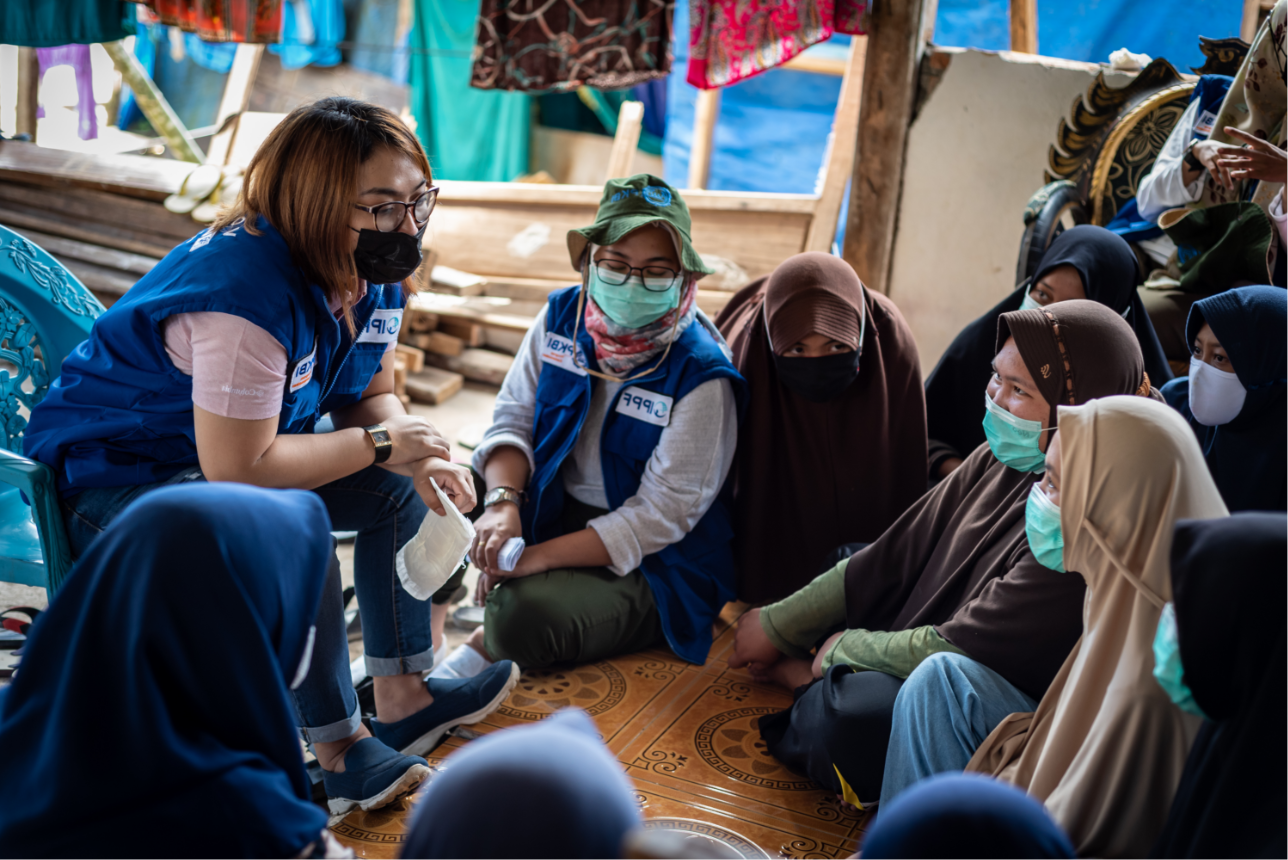

| 20 November 2023
HIV Theory of Change
Background IPPF offers a comprehensive approach to sexual and reproductive health and rights through its Integrated Package of Essential Services (IPES) which is offered at affiliate service delivery points. The IPES includes HIV testing, HIV prevention, HIV care and treatment, services for sexually transmitted infections and reproductive tract infections, contraception, abortion care, obstetrics and gynaecology, fertility support, and support for sexual and gender-based violence Purpose The purpose of our HIV Theory of Change is to clarify the goals and vision of IPPF’s HIV programme and to articulate the different pathways and strategies IPPF uses to contribute towards its HIV goals and vision. This Theory of Change endeavours to represent a conceptual model that is complex and non-linear in the format of a readable diagram. Therefore, this Theory of Change diagram is a simplified representation of a complex process which cannot be fully captured in this format. Our Theory of Change describes causal pathways for how the work in our HIV programme contributes to the ultimate goals and vision. The purpose of this conceptual model is not to provide a detailed description of the components of our HIV services, as these are described in the 2020 ‘IPPF Comprehensive HIV Services Package’ and the IPPF 2022 ‘Client-centred-clinical guidelines for sexual and reproductive health care’. Reading the diagram Our Theory of Change diagram is read from left to right, representing movement in time from the world we currently live in (left side) towards the future we would like to see, which is represented by our vision (right side). There are 7 pathways (page 1), each with a set of strategies (shown on pages 4 and 5 as close-ups of the diagram), whose work contributes towards achieving our HIV goals and vision. The 7 pathways are divided into cross-cutting pathways (community engagement, evidence and learning, capacity strengthening and sharing, strategic partnership building) and core pathways (advocacy, empowerment, comprehensive service delivery). The cross-cutting pathways are iterative and intersecting, contributing to each other and collectively contributing to the 3 core pathways. The core pathways represent the 3 main areas of our HIV programme, which, like all elements of the diagram, also interact with each other synergistically. The strategies of all 7 pathways working together contribute towards a set of outcomes. The outcomes interacting together contribute towards our goals, which in turn interact with each other, and contribute towards our ultimate vision.

| 29 March 2023
IMAP Statement on Biomedical HIV Prevention
Recent advances in biomedical HIV prevention technologies mean more choices are available for people to protect themselves from HIV. Therefore, these technologies must be effectively made available and affordable to all populations who need them. All individuals have a right to sexual and reproductive health, and HIV prevention is a key component necessary to ensure health, well-being, positive sexual lives and the upholding of human rights. Access to these new technologies is a key to successfully meeting the Sustainable Development Goal 3.3: ending the AIDS epidemic by 2030. This IMAP Statement is intended to update Member Associations across the Federation on biomedical HIV prevention technologies and support their integration of new biomedical HIV prevention services into comprehensive sexual and reproductive health service delivery. Download the statement in English, Spanish, French and Arabic below.

| 28 July 2022
Technical Brief: Fulfilling the sexual and reproductive rights of women living with HIV, preventing coerced and forced sterilization
The purpose of this technical brief is to promote gender-transformative, rights-based and scientifically accurate information for advocacy and service-delivery to fulfil the sexual and reproductive rights of women, girls and people who have the capacity to become pregnant, who are living with HIV. In doing so, we also aim to provide sufficient evidence to prevent sexual and reproductive rights violations, especially coerced and/or forced sterilization against those living with HIV. The technical brief documents that coerced and/or forced sterilization of women living with HIV is a persistent and serious human rights violation requiring urgent action. The brief reviews components of comprehensive sexual and reproductive health (SRH) service delivery and international medical guidance to uphold and fulfil the sexual and reproductive health and rights of women living with HIV to choose if and when to have children. This brief is primarily intended to inform IPPF Member Associations, secretariat staff, and partners including other SRH service delivery organizations and stakeholders. The brief reinforces IPPF’s position and commitment to person-centred and rights-based HIV care that is integrated within a comprehensive package of SRH services. Download the technical brief below in English or Spanish.
| 09 July 2019
IMAP statement on the ECHO trial
The body of evidence on possible increased risk of HIV acquisition with use of progestogen‑only contraception has remained mixed since 1991, with the greatest concern of an increased risk of HIV acquisition centred on the use of intramuscular depot‑medroxyprogesterone acetate (DMPA‑IM). Data on the risk of HIV acquisition and use of other highly effective contraceptives such as norethisterone enanthate (NET‑EN), hormonal implants, and hormonal and non‑hormonal IUDs are limited.2 And there are no data on subcutaneous DMPA (DMPA‑SC) and HIV risk. In 2016, an updated systematic review of epidemiological evidence on hormonal contraception and HIV acquisition concluded that there was a significant association between the use of DMPA and HIV acquisition and no increased HIV risk with oral contraceptive pills.3 The updated systematic review provided important data regarding DMPA users at high risk of HIV; however, confounding in these observational data could not be excluded. The historically mixed data and the need to control for confounding required further investigation into the association between use of progestogen‑only injectables and increased risk of HIV acquisition, using a more robust research design. This led to the development of the Evidence for Contraceptive Options and HIV Outcomes (ECHO) trial.
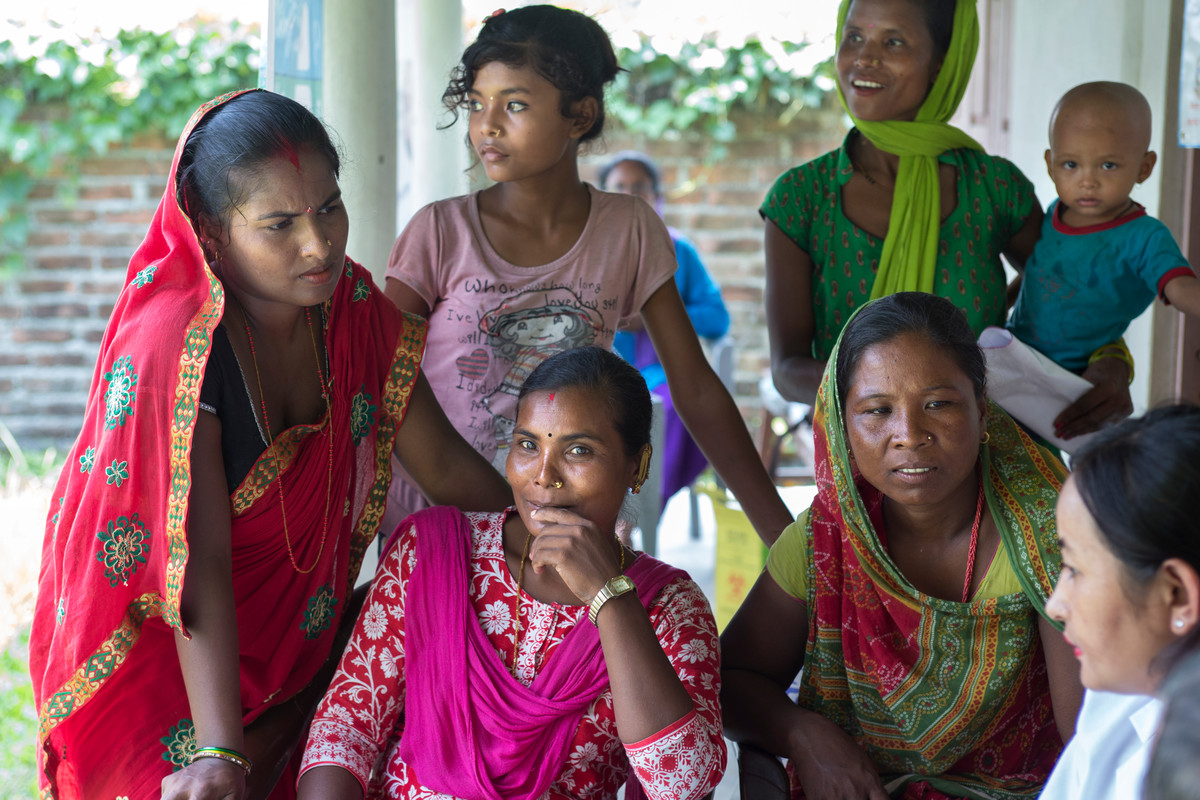
| 04 December 2018
Leaving no one behind: Universal health coverage and sexual and reproductive health and rights
Universal health coverage means ensuring every person has access to quality, affordable health services and plays a pivotal role in achieving global development targets. Healthy populations can better contribute socially and economically, while poor health is a major driver of poverty. Universal access to sexual and reproductive health care services is identified in the Sustainable Development Goals as an essential contributor to ensuring healthy lives and promoting well-being for all at all ages. IPPF, together with the London School of Hygiene and Tropical Medicine, undertook a literature review looking at progress to date in and challenges to achieving universal access to sexual and reproductive health and rights. The review, Leaving no one behind, is illustrated with case studies on Afghanistan, Cambodia, Kenya and Sudan. Supported by the Japan Trust Fund.

| 30 November 2018
Quiz: "Can I get HIV from kissing?"
World AIDS Day: “Can I get HIV from kissing?” and other questions answered1 December is World AIDS Day, an opportunity for us all to unite in the fight against HIV, to stand in solidarity with the 36.9 million people living with HIV around the world, and to commemorate those who have died from an AIDS-related illness. Over the past few decades, HIV and AIDS have been discussed a lot, but what do you really know about them? Find out in our quiz >> 1/10. True or false: HIV and AIDS are the same thing2/10. How might HIV be transmitted from one person to another?3/10. If both sexual partners have HIV, then they don’t need to worry about using condoms – true or false?4/10. There are 36.9 million people living with HIV globally. How many of them are not aware of their HIV status?5/10. Can people living with HIV safely have children?6/10. HIV only affects certain groups of people – true or false?7/10. Which of the following is the best way to prevent transmission of HIV and other STIs?8/10. True or false: If you have taken an HIV test already, then you don't need to do it again9/10. How long should you wait before going for an HIV test?10/10. What does being “undetectable” mean?Good try! If you learned something new today, scroll down to share this with friends :point_down:Pretty good! If you learned something new today, scroll down to share this with friends :point_down:Great work! If you learned something new today, scroll down to share this with friends :point_down:











